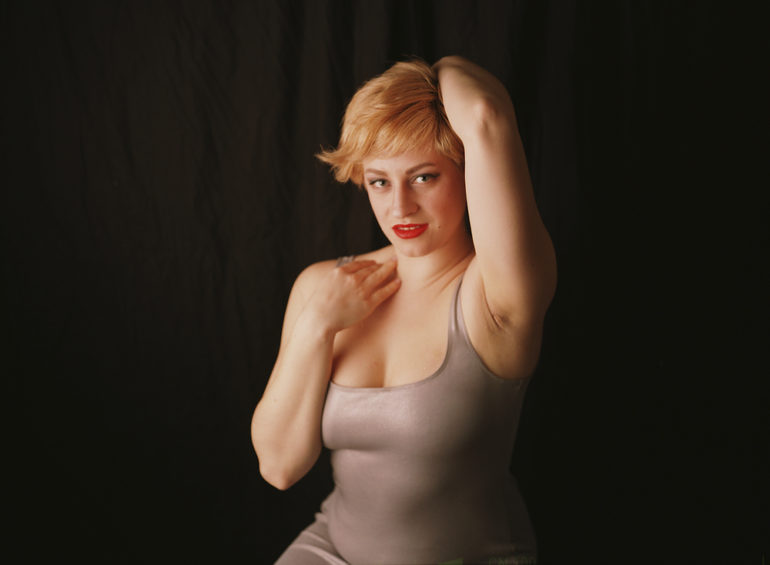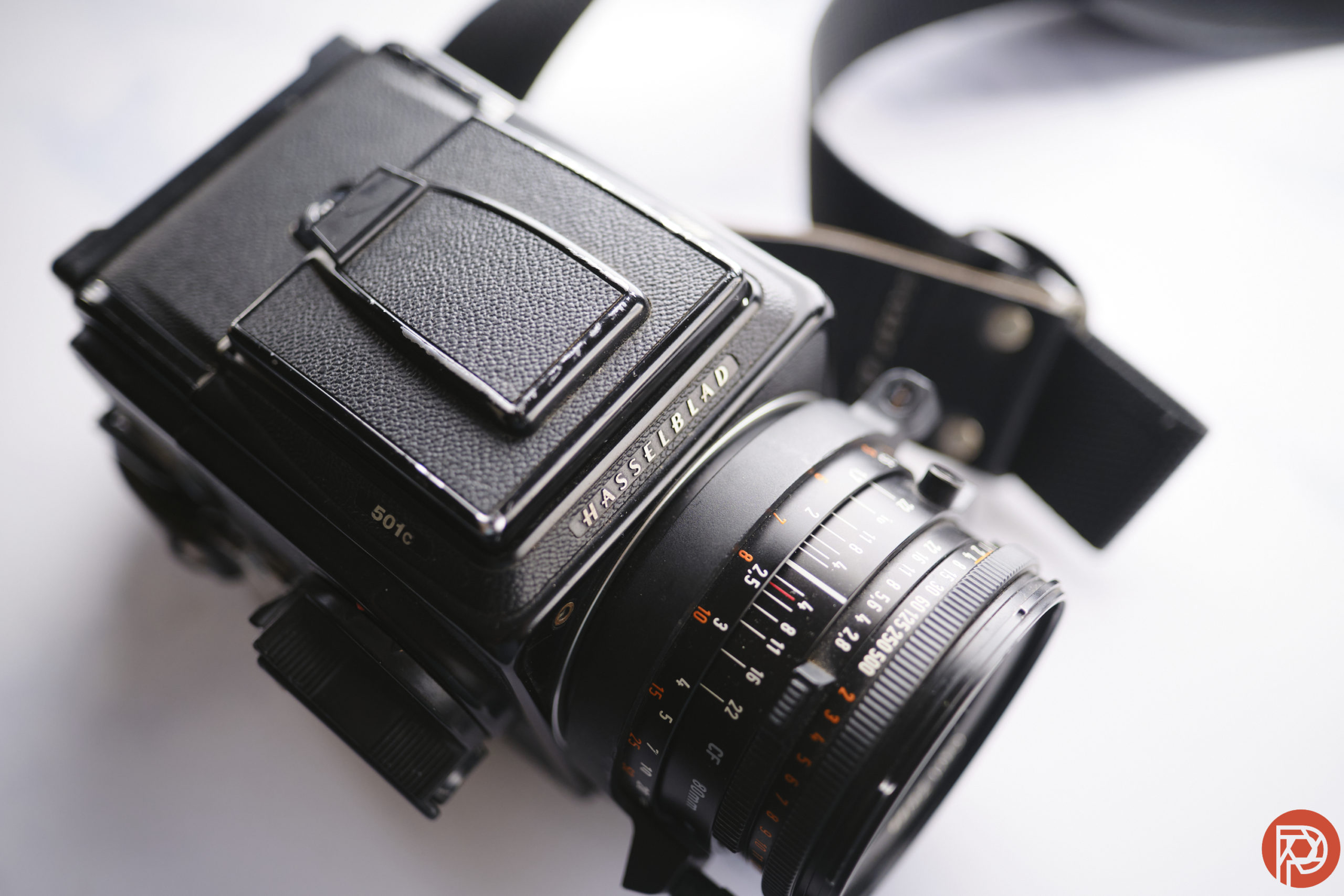With the price hike in film, 35mm film has become more expensive than ever. But 120 film is more affordable still. You’re shooting fewer frames, but you’re also getting more emulsion per photo. The problem is that most people don’t understand 120 film. Some even go as far as calling it 120mm film. If you’re curious to know more about 120 film, there are tons of recommendations out there for the best cameras. We’ve done recommendations for 6×7, 6×9, 645, mirrorless, and SLRs. But here’s a bigger primer for 120 film.
Table of Contents
How does Medium Format work?
There are surely some confusing things about 120 film. First off, it’s a single roll of film that accommodates to various different sizes. With 35mm, most cameras just shoot a single frame. But 120 film is a longer sheet. The smallest size is 645. Then up from that is 6×6 (my favorite), 6×7, 6×9 and larger. But from that single roll of film, you can get various sizes.

Most medium format cameras that folks talk about are SLRs that have interchangeable backs that hold the film. This is an easy way for you to switch between black and white, color, slide, and other rolls between shots.
Depending on the size of the format your lens sizes will change too. Here’s a quote from an article we wrote about medium format film that’s still an excellent guide for it:
Want a great portrait lens? Then the equivalent of your tried and true 85mm f1.4 lens for your full frame 35mm DSLR will need a 120mm f2.4 in full frame 645 format. While that sentence may be a bit confusing to you, consider the fact that when medium format camera systems use the term full frame, they are often talking about it in terms of their own 645 system, and not a 35mm system that is the colloquialism.
This works far different from most modern day digital medium format. With those cameras, you get a single sensor with a single mount. The result though is that it’s far more affordable. And Medium Format Film is more affordable than 35mm in various ways.
Who Shoots 120 Film?
There are tons of photographers that shoot 120 film. We’ve interviewed a bunch of them, and if you’re into portraiture you can see a bunch right here. But here are some of our favorites:
- Tingyu Huang: Shoots portraits as part of a fantastic project called Chromophobia
- Lanna Apisukh: a photojournalist based in NYC
- Lance Keeth: A portrait photographer with gorgeous compositions
- Alex Medvick: A portrait photographer making great photos with CineStill film
- Jacob Howard: A landscape photographer
- Mariangela Serrano: A conceptual portrait photographer
Why Shoot 120?
Here’s a quote from an article that we wrote a while back about shooting 120:
Film is one of the most integral parts of the whole process. Medium format digital backs are very expensive but film isn’t that much honestly as long as you’re careful. With a bit of searching, you can get a lot of film for dirt cheap.
Now let me emphasize that again: as long as you’re careful. No machine gun shooting here, no shooting just for the heck of it. It’s all about shooting with a vision and intent. If you don’t see something, don’t take a shot. It’s something that I will preach until the end of days in photography.


